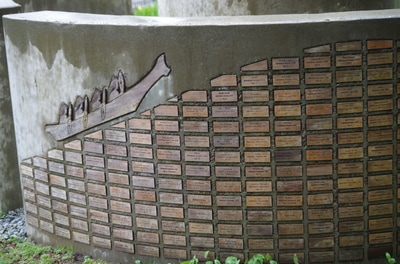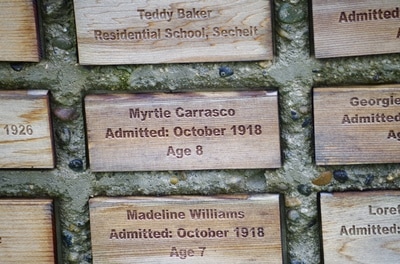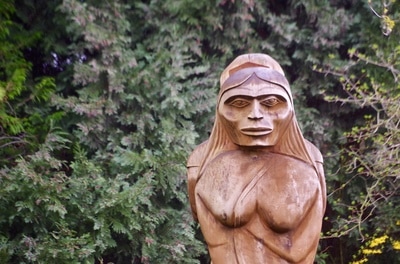 In December of 2015 the Truth and Reconciliation Commission released its final report. The Commission had been working since 2008 with the goal of acknowledging and promoting awareness of the Indian Residential School (IRS) legacy. Specifically, the commission was to create a report: … concerning the IRS system and experience including: the history, purpose, operation and supervision of the IRS system, the effect and consequences of IRS (including systemic harms, intergenerational consequences and the impact on human dignity) and the ongoing legacy of the residential schools I’ve had the distinct privilege over the last 20 years to work closely with and learn from First Nations people from across the country and have been witness to youth and elders rediscovering a culture that was all but stripped from them. I could easily see the scars left by the IRS system but I don’t think that most Canadians have this opportunity to begin to understand this stain on our cultural history. The commission, I think, did a great job of bringing awareness and understanding to the forefront and popular pieces of artistic work such as Gord Downie’s Secret Path or the graphic and assumption busting work of Kent Monkman are evidence that we, as a nation, are becoming aware and coming to grips with our past. Here on the Burrard Inlet we were in the thick of the IRS system. St. Paul’s Indian Residential School operated from 1899-1958 in North Vancouver. The school was located in what was then known as Ustlawn (Eslhá7an), which later became the Mission Indian Reserve No. 1 that it is today. Students of the school either came from this reserve or surrounding Squamish, Tsleil-Waututh, and Musqueam communitites, and in some cases from even further abroad. Tucked away just off the reserve is a monument to the survivors of St. Paul’s school. It was unveiled in June of 2014 and is a simple, yet stark, homage to those whose lives were impacted by the operation of the school. There are two figures, a man and a woman, standing back to back atop a column surrounded by small plaques with the names of former students. As I stood in the light rain taking pictures and viewing the installation I was moved by the resilience of Canada’s indigenous people. Many of the names on the small plaques had their age. Often only age 6 or 7. So, for almost 60 years (2-3 generations) young students were brought to the school in their most formative years and forced to shed their existing culture for a new one. Most communities would surely have been utterly destroyed in the face of such deliberate cultural genocide and yet here we are today with the final report of the Truth and Reconciliation commission making cultural and political waves all on the road to strengthening and honouring the culture of the people of this land. For further reading check out these links:
1 Comment
Todd Lamont
4/9/2017 10:15:50 pm
Great to see you out there on the water learning and sharing Geoff. All the best from Ottawa. Keep up the sharing.
Reply
Leave a Reply. |
Archives
June 2017
Categories |
















 RSS Feed
RSS Feed
